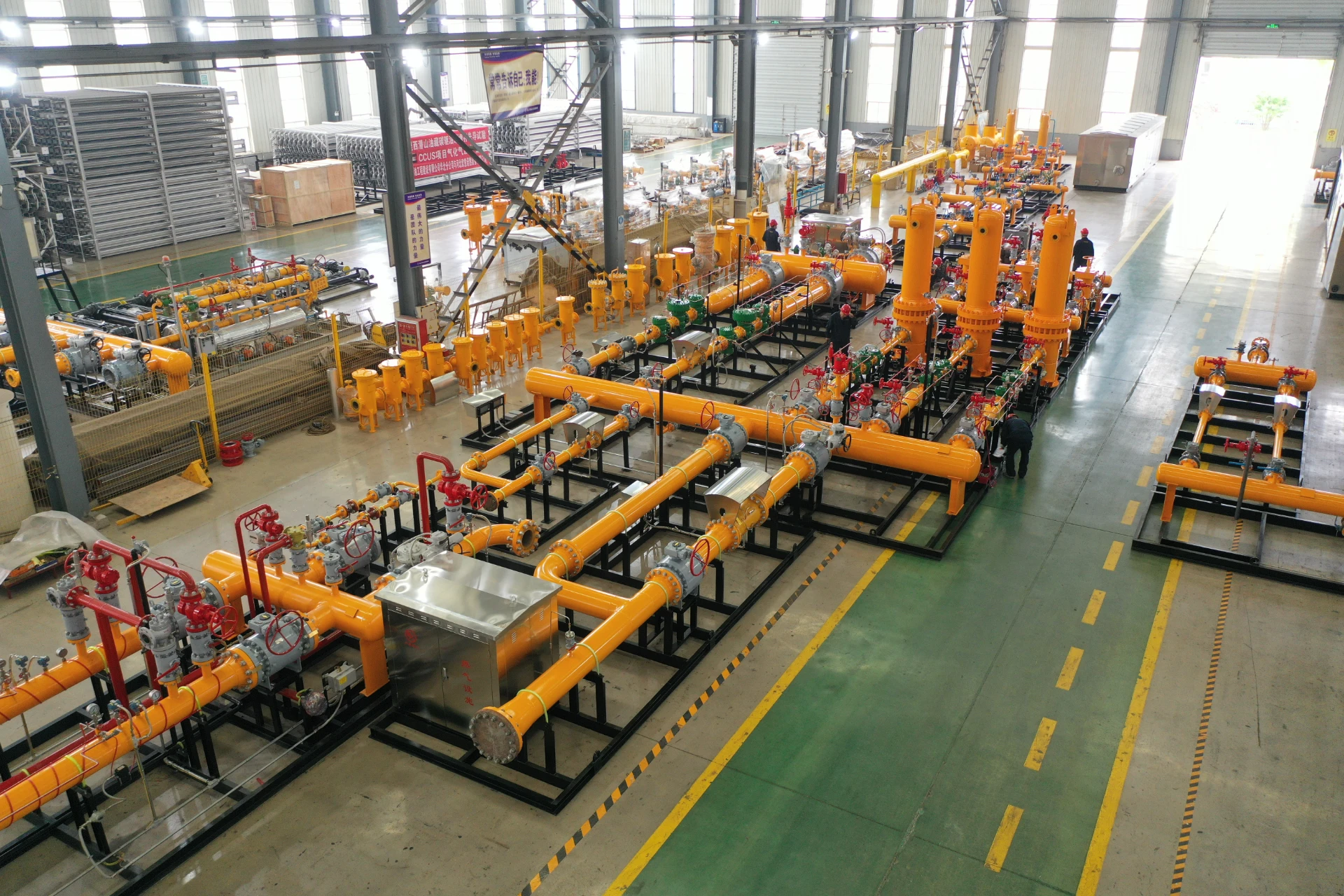
Dec . 12, 2024 10:04
Back to list
shut-off valve
Understanding Shut-off Valves Their Importance and Functionality
Shut-off valves are essential components in a wide range of fluid transport systems, serving a crucial role in both residential and industrial applications. These valves are designed to stop or allow the flow of liquids, gases, or slurries through pipes, ensuring safe and efficient system operation. Understanding their purpose, types, and maintenance can greatly enhance system performance and safety.
What is a Shut-off Valve?
A shut-off valve is a mechanical device that enables the control of fluid flow by opening or closing the flow path. When fully opened, the valve allows fluid to pass through with minimal resistance; when closed, it entirely stops the flow. This ability to isolate specific sections of a pipeline is vital for many reasons, including maintenance, safety, and emergency purposes.
Types of Shut-off Valves
There are several types of shut-off valves, each with distinct operational mechanisms and applications
1. Gate Valves These valves are often used in applications where minimal pressure drop is required. They operate by lifting a gate out of the path of the fluid. Gate valves are ideal for fully open or fully closed situations but are not suitable for throttling.
2. Ball Valves Known for their durability and excellent sealing ability, ball valves use a spherical disc to control flow. They are commonly used in applications that require quick shut-off capabilities, and they provide a reliable seal even under high pressure.
3. Globe Valves These valves can throttle flow and are often preferred for regulating flow in pipelines. They have a spherical body and cater to applications where precise flow control is necessary.
4. Butterfly Valves With a disc that rotates to either block or allow flow, butterfly valves are compact and suitable for situations requiring fast operation. They are commonly seen in large diameter pipelines.
5. Check Valves Although not traditional shut-off valves, check valves prevent backflow, ensuring that liquid flows in one direction. They play a critical role in maintaining pressure and protecting equipment.
shut-off valve

Applications and Importance
Shut-off valves are widely used in various industries, including water supply, chemical processing, oil and gas, HVAC, and many more. Their applications range from controlling water flow in residential plumbing systems to managing hazardous fluids in industrial facilities.
In emergency situations, shut-off valves provide a means of quickly isolating sections of a pipeline to prevent leaks or spills. Their importance is underscored in sectors where fluid containment is critical for safety and environmental protection. For instance, in a chemical plant, a malfunctioning shut-off valve could lead to catastrophic consequences, making it imperative to have reliable and well-maintained valves in place.
Maintenance and Best Practices
To ensure optimal performance and longevity, regular maintenance of shut-off valves is essential. Here are some best practices
- Regular Inspections Periodically check valves for leaks, wear, and rust. Look for signs of corrosion or damage, especially in harsh environments. - Operate Valves Exercise the valves periodically to prevent them from becoming stuck. This practice helps ensure that they remain operational when needed.
- Follow Manufacturer Guidelines Adhere to maintenance schedules and operational guidelines provided by manufacturers to avoid premature failure.
- Use proper media Ensure that the appropriate valves are used for specific fluids, considering temperature and pressure ratings.
Conclusion
Shut-off valves may seem like simple components of fluid transport systems, but their role is critical to ensuring safety, efficiency, and functionality. Understanding the types, applications, and maintenance practices associated with shut-off valves can help operators prevent failures and ensure smooth operations in various environments. Whether in a home, factory, or critical infrastructure, knowing when and how to use these valves effectively can make all the difference.
Latest news
-
Safety Valve Spring-Loaded Design Overpressure ProtectionNewsJul.25,2025
-
Precision Voltage Regulator AC5 Accuracy Grade PerformanceNewsJul.25,2025
-
Natural Gas Pressure Regulating Skid Industrial Pipeline ApplicationsNewsJul.25,2025
-
Natural Gas Filter Stainless Steel Mesh Element DesignNewsJul.25,2025
-
Gas Pressure Regulator Valve Direct-Acting Spring-Loaded DesignNewsJul.25,2025
-
Decompression Equipment Multi-Stage Heat Exchange System DesignNewsJul.25,2025

